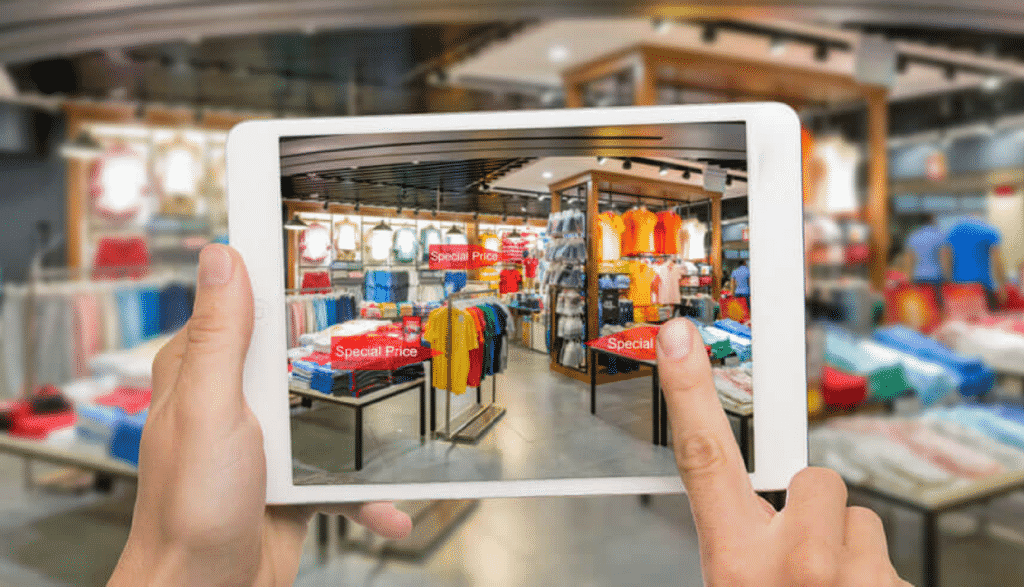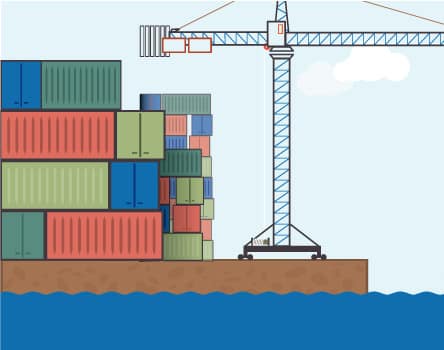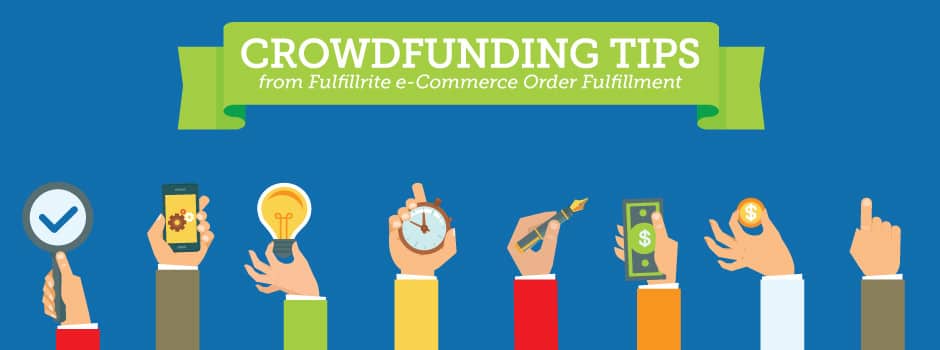Here in 2018, it’s fashionable to decry the decline of retail. After all, we all shop online and so does everyone we know. It is a fact of life that we purchase items from our phones and mobile devices. We can buy products we see directly from Facebook and Pinterest without even needing to reach for our credit cards. “Alexa,” we might utter, while relaxing in our living rooms, bingeing on the latest cooking competition from Netflix, “order me some more guac. And Tide.” Where once we would have had to get up from our comfy easy chairs, wipe down the nacho dust, and drive out to the supermarket if we wanted avocado dip and laundry detergent, now we can shop and stay home at the same time.
Pretty easy to see why retail is so 2016.
However, before getting all nostalgic, and launching into one of your “back in my day” speeches, take a look at this statistic recently released by the National Retail Federation: “April retail jobs increase 3,700 from March and nearly 49,000 from 2017.” And how about this one: “More surveyed retailers say they will be opening stores in 2018 versus closing them.”
Hmmm. Is retail really over? Apparently not, according to Tom McGee, a Forbes.com contributor and president and CEO of ICSC (International Council of Shopping Centers). “Retail in 2018 will continue to be a dynamic industry that responds to consumer demand for experiences and places to connect,” he wrote in a February column on Forbes.com. “Habits are changing and retailers are adapting to those tastes as they continue to be valuable assets in our community.”
So, what can ecommerce merchants, as well as retailers with an online presence, learn from the dynamics of the retail shopping experience that can boost online sales and solidify online shopping for the long haul?
Aside from some massive investments in augmented reality so you can simulate actual retail experiences, there are some easy and immediate steps you should take to meet customer expectations. Here are 3 that you can do right away without hiring robots and waiting for virtual reality to catch up.
- Fulfillment improvements: Being innovative about fulfilling your orders starts with understanding customer’s habits. Be careful that your shopping cart platform isn’t too confusing or indirect when it comes to shipping. Have the shipping costs clearly defined, and be sure to use a fulfillment center that is completely integrated with your online shopping cart platform. The more visibility there is with your shipping, the better the experience. According to TargetMarketing.com, 26% of shopping cart abandonments in 2017 were due to poor shipping estimates. Know your shipping options, know your costs, and create a seamless fulfillment experience for your customers.
- Return policies: Overwhelmingly, patrons prefer to return products in-store. Having a clearly defined return policy, providing RA numbers, and supplying prepaid postage methods is a great start. Assure your customers that their return was received via proper tracking. Have an email automatically generated when the return is received, and confirm their refund or exchange. Customers’ hesitations about your return policy means hesitations about making the purchase altogether. When using a fulfillment or distribution center, have a clear guide in place for handling returns. Fulfillrite, for example, allows you to customize your return options for restocking, sending back to the merchant, or discarding. Your confidence and organization with regards to returns will come through to your customers and pay off at the register.
- Keep ‘em coming back: People go to the same store over and over – even when they aren’t thrilled with the experience – because they are used to it. The physical act of driving to a store, walking through the aisles, and handling the merchandise creates neural pathways that are hard to combat. Have you ever planned on stopping off somewhere on the way to work, but once you started driving, you found yourself taking the same route to work you always have? That’s because the physical routine creates a brain function that makes us want to automatically repeat what we’re used to. Shopping online doesn’t have this very real psychological motivator to do the same thing again. It is just as easy for a customer to try out a new store by swiping and clicking, as it is to go back to yours. To get customers coming back, you need to give them a reason. Rewarding them for this purchase by offering specials and discounts on the next purchase can help. A targeted email marketing program is always good, but nothing can replicate the physical interaction so crucial in creating routine. Utilizing clever fulfillment methods can help. Instead of simply sending the product with a packing slip, have the customer find a marketing insert as well. It should invite the customer to return again with a discount or special sales incentive. A well designed marketing insert cannot be clicked away, and creates a powerful association with the experience of shopping at your store, days after the customer logged out. Fulfillrite offers marketing inserts as a service, and you should ask your fulfillment center if they have this option.
Retail and ecommerce will continue to grow, and that’s the way we want it, but the more each industry can learn from the successes of the other, the better we can serve our customers – and the more we can thrive in the process.





